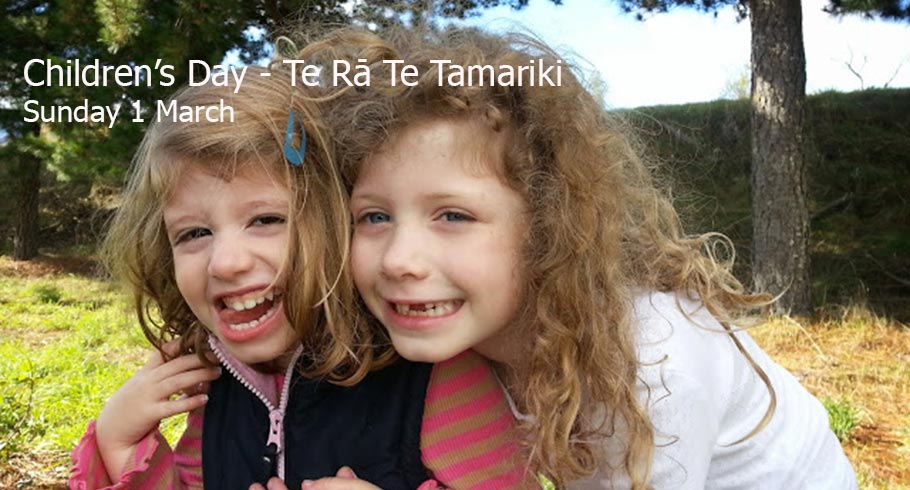![Camera flashes at the annual gala at Wainoni Park on January 24. [24 Jan. 1914] File Reference CCL PhotoCD 18, IMG0019](https://i0.wp.com/christchurchcitylibraries.com/heritage/photos/disc18/IMG0019.jpg)
No. 224 – Spit Reserve
This is the reserve on the New Brighton side at the mouth of the Estuary. It was set aside for the purposes of a lighthouse which was never built.
Many ships were wrecked on the Sumner Bar. For, example, the Irish lawyer and later judge, Henry Barnes Gresson (1815-1901), lost his substantial legal library which he had brought from the Old Country.
No. 1616 – Thomson Park
This is the land on the eastern side of Rawhiti Domain. In 1896 the New Brighton people petitioned for the establishment of a borough council so that they could take over this wilderness. The borough council was established in 1897.
People wanted to sell it off for housing. An act went through Parliament during World War I to try to bring this about. In his 29 April 1922 Star reminiscences, ‘Old New Brighton’, George Thomas Hawker described it as ‘New Brighton’s menace’.
Part of the land was made into a children’s playground during the Depression. This work was carried out under the leadership of Thomas Edward Thomson (1877-1942) and the place was named ‘Thomson’s Park’. In the Christchurch City Council’s Reserves Department reports, there is a scathing indictment of the work of these amateurs.
![The first golf match held at Rawhiti Domain [1952] File Reference CCL Photo Collection 22, Img02332](https://i0.wp.com/christchurchcitylibraries.com/Heritage/Photos/Collection22/02332.jpg)
No. 1579 – South Brighton Domain, Pleasant Point and Rawhiti Domain
This includes the South Brighton Domain, Pleasant Point and the western side of Rawhiti Domain. It also included land in North New Brighton where night soil and food waste was dumped. This last piece of land was eventually sold for housing and the money used so that the city council might be able to purchase the New Brighton Trotting Club land which became Queen Elizabeth II Park.
‘Harold Logan’ was a famous pacer. He won the New Zealand Trotting Cup in the 1930s. He was owned by Ernest Hinds but raced in the colours of Hinds’ step-daughter, Effie Hinds. The horse was kept in the South Brighton Domain and one small boy shouted excitedly to his parents: “Look, Harold Logan’s eating our grass”. Christchurch City Libraries holds, in its archives, the Harold Logan papers, newspaper articles and photographs relating to the famed horse and its career.
![The Nautilus on the Avon-Heathcote Estuary in the 1920s [ca. 1920] File Reference CCL Photo Collection 22, Img00080](https://i0.wp.com/christchurchcitylibraries.com/heritage/photos/collection22/00080.jpg)
In the Depression, men were employed by the Christchurch City Council and New Brighton Borough Council (and paid by the Government) so that much of the domain could become a golf course. In October 1934, the local authorities went as a deputation to the Ministry of Unemployment in Wellington. The local bodies wanted the unemployed to be excused from going to a ‘slave camp’ on the Ashley River.
On 15 October, the Mayor reported on the insensitive attitude of Bromley, deputy chairman of the board, and the free hand allowed him by his political master, the Right Hon. J. G. Coates …. The civil servant spoke of the ‘golden golf course’, because of the huge amount of public money which had been spent creating the course.
The library has some great photographs of New Brighton capturing its life as one of New Zealand’s premier seaside suburbs, full of life and character. New Brighton residents have been good at recording their local history and the place has inspired novels and biographies. Read more blog posts about New Brighton history, including more from Richard.
Sources
- Greenaway, Richard, ‘Archives of the New Brighton Borough Council, Archifacts, March 1978
- Greenaway, Richard, ‘Pleasant Point grew from Avon activities’, Star, 1976
- Lyttelton launch ‘bears scars from Gallipoli’ The Press, 22 April 1999 p 6
- WW1 Survivor The Press, 12 March 2005 p D6
- Historic launch heading to home berth The Press, 19 July 2011 A6
- ‘Old New Brighton’, George Thomas Hawker, The Star 29 April 1922
- Reserves Department reports, Christchurch City Council
![The Spit, New Brighton. [3 Dec. 1954] File Reference CCL Photo Collection 22, Img02328](https://i0.wp.com/christchurchcitylibraries.com/heritage/photos/collection22/02328.jpg)
![An electric tram crosses the New Brighton bridge with a barge moored underneath [ca. 1910] File Reference CCL PhotoCD 2, IMG0005](https://i0.wp.com/christchurchcitylibraries.com/heritage/photos/disc2/IMG0005.jpg)
![Seaview Road, New Brighton [ca. 1920] File Reference CCL PhotoCD 12, IMG0006](https://i0.wp.com/christchurchcitylibraries.com/heritage/photos/disc12/IMG0006.jpg)


![Road making on Tramline [later Pages] Road, near New Brighton [1897] Dutch, F. W. File Reference CCL PhotoCD 5, IMG0066](https://i0.wp.com/christchurchcitylibraries.com/heritage/photos/disc5/IMG0066.jpg)
![A mishap to the Christchurch-New Brighton tram at Wainoni Park [14 Dec. 1913] File Reference CCL PhotoCD 18, IMG0035](https://i0.wp.com/christchurchcitylibraries.com/heritage/photos/disc18/IMG0035.jpg)
![Seaview Road, New Brighton [ca. 1910] File Reference CCL PhotoCD 18, IMG0021](https://i0.wp.com/christchurchcitylibraries.com/heritage/photos/disc18/IMG0021.jpg)

 Marathon running
Marathon running


 Excellent Science Alive educators lead children through interactive activities to stimulate their interest in science, and there is something to take home every week!
Excellent Science Alive educators lead children through interactive activities to stimulate their interest in science, and there is something to take home every week!








